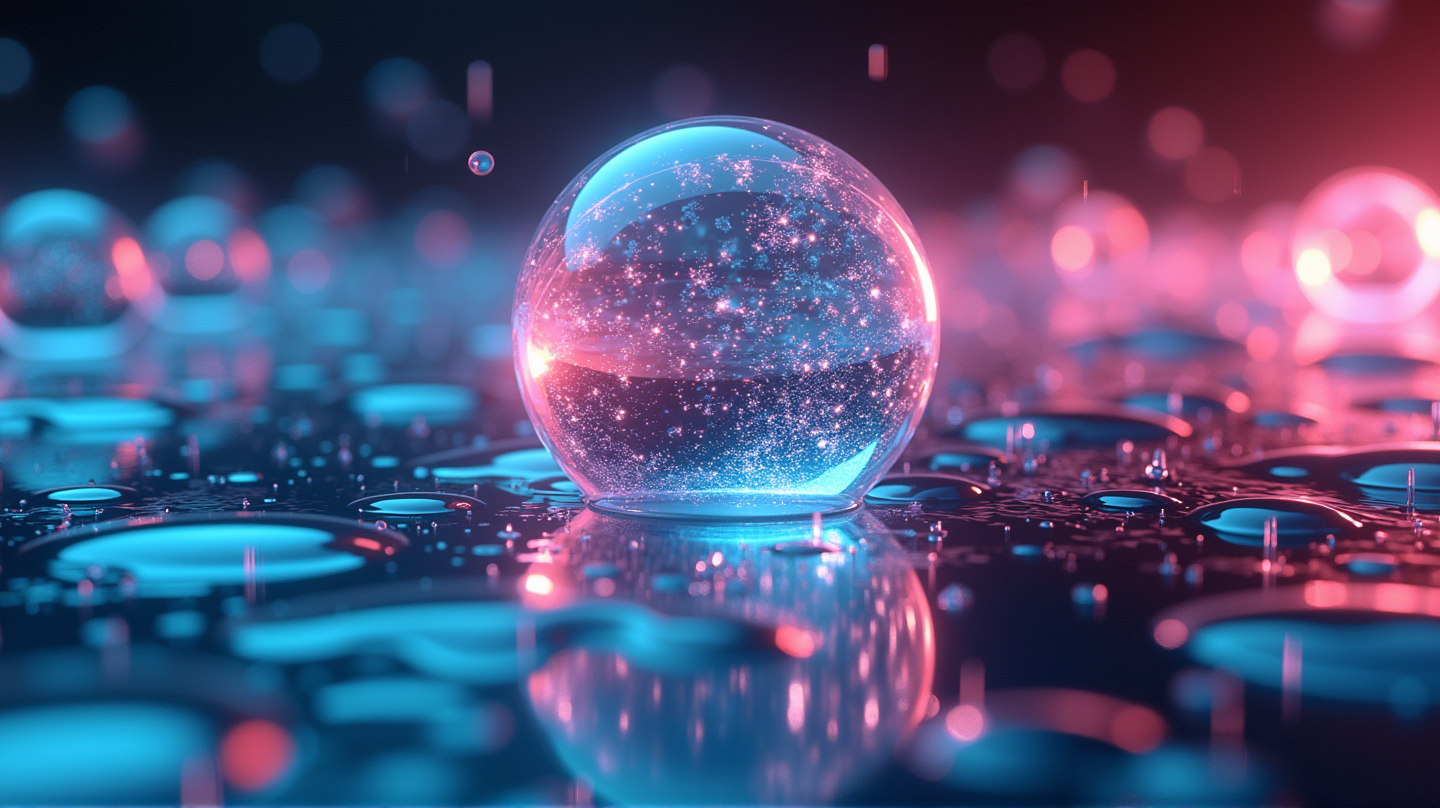Apple’s unveiling of iOS 26 at WWDC 2025 is a topic that’s been stirring fervent discussions across tech communities. The center of intrigue? The launch of its innovative design language, Liquid Glass. Some can’t help but draw parallels to Android aesthetics, while others reminisce about Windows Vista. But as we dive deeper, is this just a simple cosmetic overhaul, or something much more?
What Exactly is Liquid Glass?
Liquid Glass, a feature debuting with iOS 26, stands out due to its unique play on light and refraction, altering everything from app icons to widgets. Unlike typical themes or icon packs, it’s not merely about changing colors but redefining how elements are perceived.
The Criticisms & Praises
People from both the Apple loyalists and the Android camp have voiced diverse opinions. The design introduces monochrome options and clear UI enhancers, both of which are optional yet have sparked comparisons to being mere glosses over otherwise typical design elements. As stated in SamMobile, these effects aren’t achievable through simple third-party apps or patches. The complexity is undeniably deeper, showcasing Apple’s R&D brilliance.
Digging into the Tech
Isn’t it reminiscent of Windows Vista’s Gaussian blur effects? A closer look reveals Apple’s design moves beyond, achieving real-time reflections and depth, characteristics unseen in Vista’s UI. This complexity roots back to efforts dating to Apple’s earlier Aqua UI, ironically predating criticisms of mere imitation.
The Intersection of Aesthetics and Usability
While the aim to bridge digital interfaces with a touch of the physical is ambitious, execution remains mixed. The aesthetic is intriguing but raises issues of legibility and user-friendliness. Will Apple tune this in subsequent updates? It remains to be seen as beta feedback pours in.
A Nod to History
The glassy buttons and ethereal glows aren’t new in concept—echoes of these can be traced back to the Aqua design language of the early 2000s. However, technological advancements now allow these visions to flourish fully, previously constrained by hardware capabilities.
The Verdict?
Liquid Glass is both a step forward and a topic of debate. It isn’t simply a glorified Android icon pack nor a rehash of old ideas. It’s a reflection of Apple’s ongoing journey to refine, redefine, and sometimes revisit its design philosophy. As developers and users alike continue to explore these vast changes, the ultimate judge will be the experience itself.
While embracing both newness and nostalgia, Apple might have opened a fresh chapter in digital aesthetics—an endeavor as ambitious as it is challenging. Watch this space for evolving narratives in design innovation.
